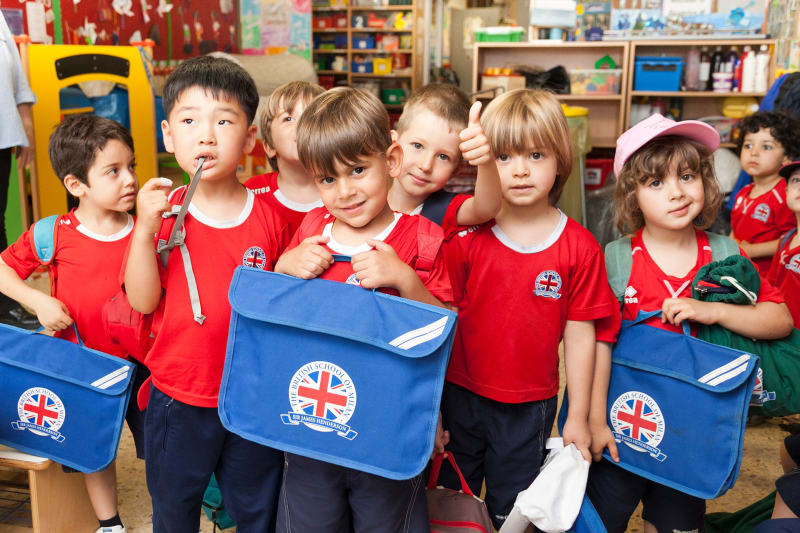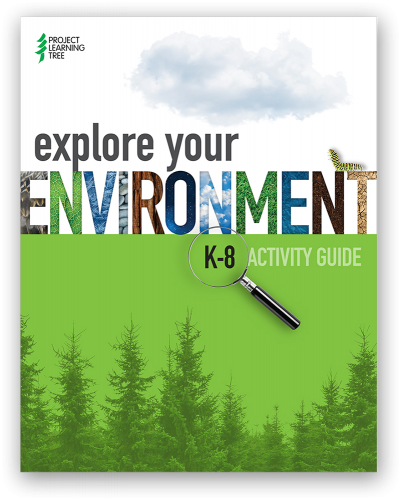Good Ideas On Picking Italian Nursery Teaching Aids
Wiki Article
What Kind Of Educational And Instructional Materials Are Needed In The Primary And Kindergarten Classes?
Materials are essential in kindergartens and primary school to assist students in learning and develop. Examples of the things that might be required are: Curriculum materials- These are materials designed to support the learning goals of the school's curriculum. Some examples of materials that may be needed are: Curriculum materials These materials are designed to support the learning goals of the school's curriculum.
Classroom supplies. Items such as glue, paper pencils, scissors, as well as other art tools can help children complete their work.
Educational Technology- In today's digital world, educational technology like tablets, computers as well as interactive whiteboards and many other tools can help enhance the learning process and offer students with additional resources.
Booksfor Kindergarten and Primary schools require a variety of age-appropriate books to encourage reading and language development.
Children can develop skills in problem-solving and spatial awareness through manipulatives such as blocks, games, and puzzles.
Visual aids like posters, charts and maps are all visual aids to aid children in learning and retention of crucial concepts.
Art and music materials Children can express themselves through music and art. Paints as well as instruments and clay are great for this.
Safety equipment - It's important to provide safety materials, such as fire extinguishers, posters and emergency procedures to ensure that students and staff are secure.
To provide a safe and stimulating environment for learning in elementary and kindergarten students It is essential to provide an array of instructional and educational materials. Follow the most popular sostegno primaria for more recommendations.

What Is The Best Support Materials For Maths In Italian Kindergartens?
In Italian nurseries, maths teaching materials can aid in developing children's spatial, numerical, and problem-solving skills. A few examples of support required for math teaching materials include: training for teachers and caretakers: Teachers as well as caretakers might need training in how they can integrate mathematics concepts in everyday activities, and also how to use math teaching materials.
Curriculum and lesson plans: A curriculum and lessons plans that are well-designed and include math concepts will allow children to be exposed to a wide array of math concepts as well as skills.
Visual aids and manipulatives For example, manipulatives like counting bears, blocks, and beads, and visual aids such as charts and posters can help students learn math concepts in a an interactive and visual manner.
Technology-based Aids Technology based aids, such as tablets loaded with math games and apps that are educational can engage and motivate children. They also offer additional aids to help them learn.
Assessment Tools: Assessment tools help teachers and caregivers keep track of the development of their students as well as identify any areas where extra support is required.
Parents can participate in math education: The involvement of parents in math learning can reinforce the concepts that were taught in nursery and can encourage family participation in learning.
It is crucial that the resources employed to help with mathematics education are appropriate for children of all ages. The materials can help caregivers and teachers to create exciting and engaging math games that encourage children's curiosity. Have a look at the most popular sostegno inglese for site recommendations.

What Kinds Of Science-Related Materials Will Italian Schools Require To Enhance Their Instruction?
Support for science teaching materials can be useful in Italian nurseries to assist young children explore and discover the world that surrounds them. Here are some examples where the use of science materials is needed: Curriculum and lesson plan A well-planned lesson program and curriculum that integrates science-based concepts will ensure that the children are exposed and learn various scientific concepts.
Visual aids and manipulatives: Posters, charts, nature objects and magnifying glasses kits are all a great way to assist children to grasp the scientific concept through the use of tactile and visual aids.
Videos and Books Video and books that are focused on topics in science such as animals, plants, weather, and space are a great way to inspire children and offer additional resources for learning.
Outdoor learning spaces Playgrounds and gardens provide children with an opportunity to explore and learn about nature.
Parents can get involved in the science curriculum: Engaging your parents in this field will reinforce the concepts you learned in the your nursery. Additionally, you will be able to involve the family in your learning.
Assessment tools: Parents and teachers can use assessment tools to track the progress of children and find areas that could require more assistance.
It is essential that the materials provided for science education are appropriate for children of all ages. Teachers and caregivers can use these materials to create engaging and interactive science activities that encourage children's curiosity as well as love of learning. View the top materiale didattico scienze for website advice.

What Geography-Related Teaching Materials Are Required In Italian Nurseries?
In Italian nurseries, geography teaching materials are used to teach children about the world as well as different cultures. Here are some examples of geography teaching materials. Maps: They could help kids understand the geography of various nations and regions and their geographical location.
Globes. Globes will assist your child to see the Earth's surface. They can also learn more about the continents.
Pictures and videos Pictures and videos diverse locations across the globe can help children understand the different cultures and develop a sense of appreciation for them.
Books: Age-appropriate children's books that focus on different cultures could stimulate a child's curiosity and fascination with the world.
Natural materials can help children to learn about different ecosystems.
Field excursions: Field trips to local parks, zoos, and museums provide kids with activities that are hands-on and allow them to study geography in a an actual setting.
Choose geography teaching materials which are suitable for the children's age and are aware of cultural differences. Teachers and parents can utilize these resources to design engaging and interactive activities in geography which encourage children's curiosity and enthusiasm for learning about the world around them.
